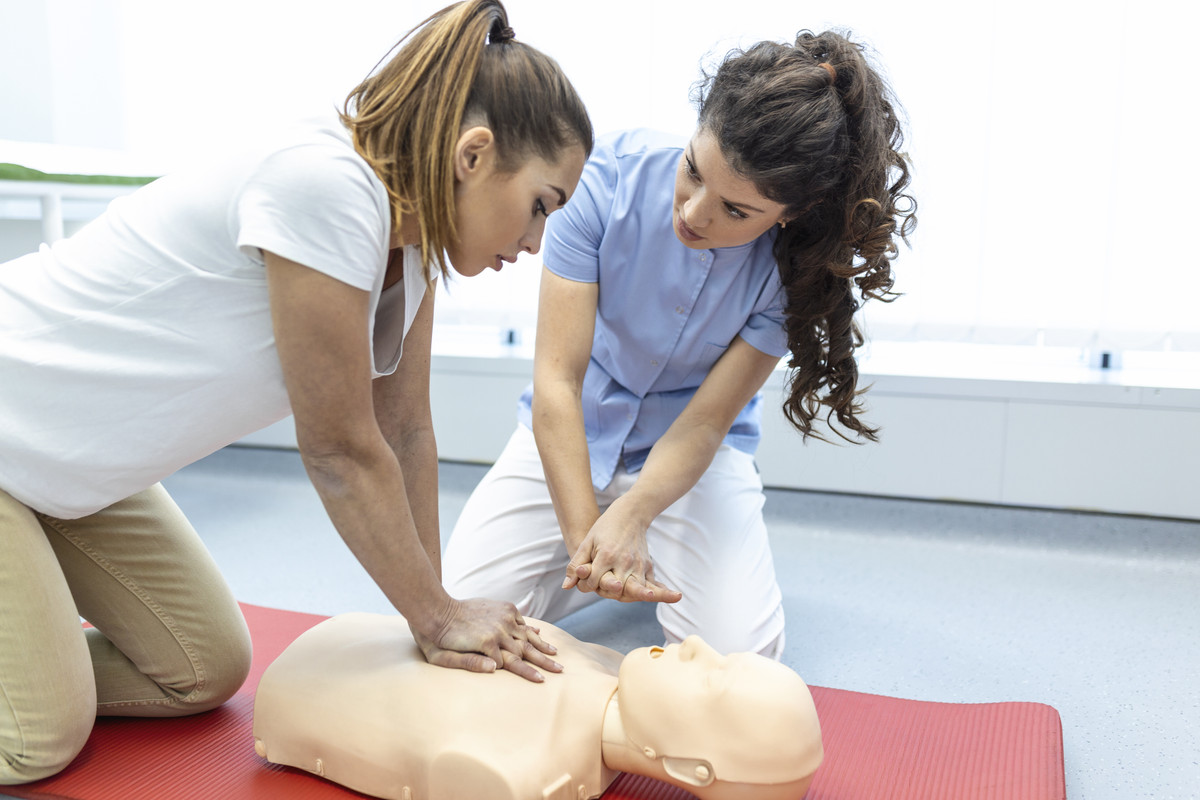Have you ever found yourself in an emergency situation, unsure of how to respond? Perhaps you've felt the panic rising as a loved one chokes on their dinner, or felt helpless when a stranger collapses on the street. If you're anything like most people, you've probably thought about taking a First Aid course, but maybe you've put it off, unsure of where to start. In this blog post, we're going to break down the best practices for getting the most out of your First Aid course.
Being prepared for the unexpected is a crucial aspect of safeguarding our loved ones and ourselves. Life is unpredictable. Accidents, natural disasters, and health crises are all unfortunate realities that we must prepare for. The knowledge and skills that a First Aid course provides can quite literally be the difference between life and death. But how can you ensure that you're really absorbing all the knowledge you need? How do you choose the right course for you? And what steps can you take to ensure that you're ready to step up when someone needs help? Let's dive in.
Why Take A First Aid Course?

The first, most important, question we need to answer is why? Why is a First Aid course so important? Well, the answer is clear: First Aid skills save lives. When an accident or health crisis occurs, the first few minutes are crucial. A quick, knowledgeable response can be the difference between a full recovery and severe, lasting damage. Taking a First Aid course ensures that you have the knowledge and the confidence to act when it matters.
In practical terms, a First Aid course can equip you with a comprehensive understanding of how to deal with a range of emergencies. This not only includes common scenarios like burns, cuts, and choking but also more severe situations such as heart attacks or strokes. Moreover, a thorough course will also cover the psychological aspect of crises, teaching you how to manage your emotions and stress during a high-pressure scenario.
Make no mistake, First Aid knowledge is indispensable. Whether you're a parent, a teacher, an outdoor enthusiast or simply a Good Samaritan, the skills you'll learn in a First Aid course will always come in handy
Choosing The Right First Aid Course
Choosing the right First Aid course can seem overwhelming. After all, there are lots of different options available. However, the key is to choose a course that suits your specific needs and lifestyle. Consider which emergencies you are most likely to encounter. For example, if you're a new parent, you might want to take a specialist paediatric First Aid course. Or, if you're an avid hiker, a wilderness First Aid course might be your best bet.
The course's credibility is another important factor to consider. Look for courses that are accredited by health or safety bodies like the Red Cross or St John Ambulance. These courses are guaranteed to include up-to-date, relevant content.
Finally, consider the course's format and length. Will you have time to dedicate to an intensive, one-week course or would you prefer a more flexible, online option?
Preparing For the First Aid Course
So, you've signed up for your First Aid course - congratulations! But how do you prepare? The first step is to get familiar with the course material. Try to get a course outline, so you know what to expect. This will allow you to research unfamiliar topics and come prepared with questions, maximising your learning potential.
Secondly, you should prepare mentally. Learning First Aid can be stressful and overwhelming, especially when practising emergency scenarios. Use relaxation techniques and maintain a positive mindset to help you assimilate the information better.
Finally, make practical preparations. Wear comfortable clothes and shoes for practical sessions and make sure to take plenty of notes!
Maximising Your Learning
To get the most of your First Aid course, ensure that you actively engage with the course material. Don't just passively sit through lectures - engage in discussions, ask questions and participate fully in practical sessions. Practice makes perfect, so don’t hesitate to practice the techniques taught as often as possible, even after the course ends.
Remember to take notes - but do so effectively. Rather than just copying information, try to internalise it by paraphrasing and summarising. Use visuals like diagrams and charts to make complex information easier to understand.

Refreshing Your Skills
Once you've completed your First Aid course, it’s important to keep your newfound knowledge fresh in your mind. This can be done in several ways. You could periodically review your notes, watch online tutorials, or even sign up for a refresher course every few years.
Another great approach is to share your knowledge with others. Not only will this help keep your skills sharp, but it will also spread potentially life-saving knowledge to your loved ones.
Conclusion:
In conclusion, a First Aid course is an invaluable investment in your personal growth and security. With proper preparation, active participation, and regular revision, you'll be well-equipped to handle emergencies and save lives when it matters the most. Remember, you have the power to make a difference, and with the right knowledge and training, you could indeed be someone's hero. Be brave. Be ready. Be a lifesaver.

0 comments :
Post a Comment